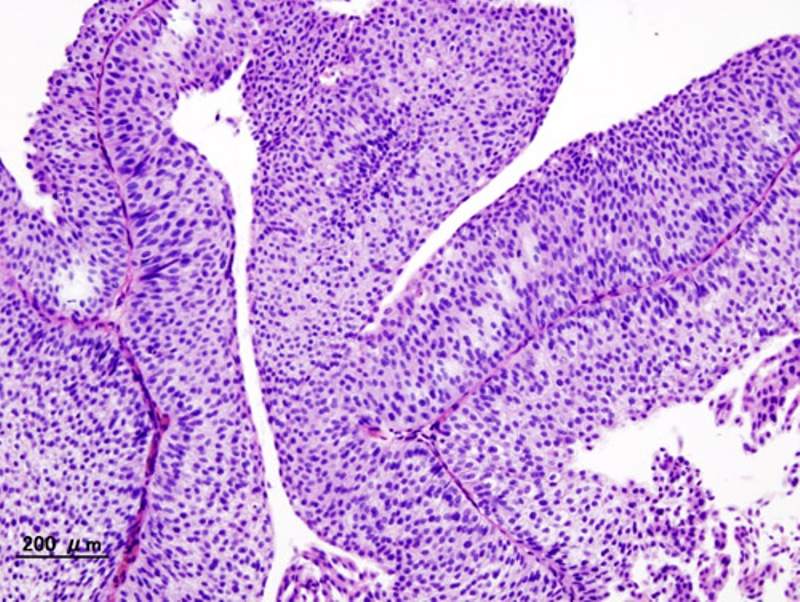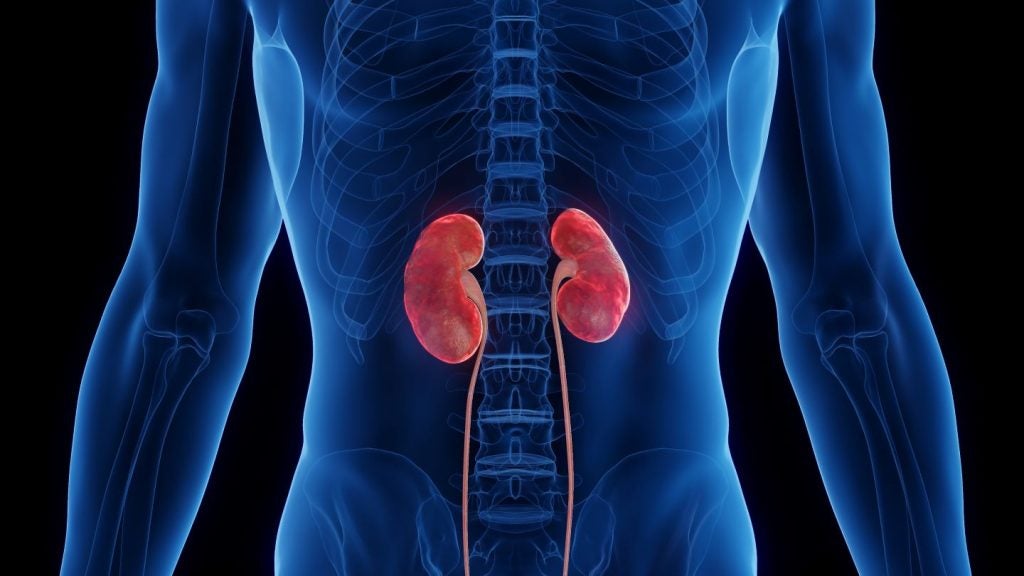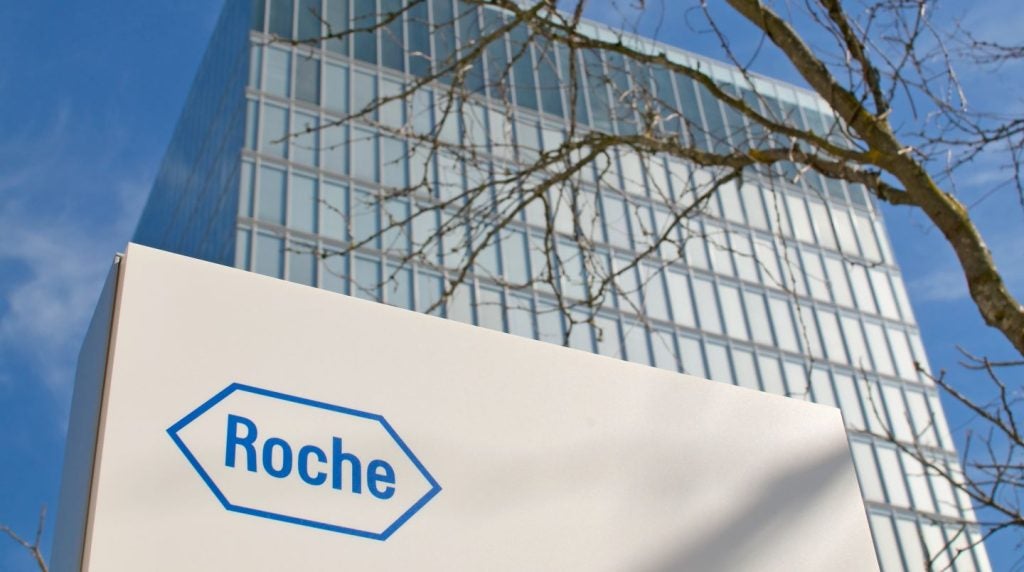
Bristol-Myers Squibb Company and Infinity Pharmaceuticals have collaborated to conduct a Phase II MARIO-275 clinical trial to evaluate the effect of opdivo (nivolumab) in combination with IPI-549 to treat patients with advanced urothelial cancer.
Opdivo is a programmed death-1 (PD-1) immune checkpoint inhibitor developed by Bristol-Myers, while Infinity’s IPI-549 is an oral immuno-oncology candidate designed to selectively inhibit phosphoinositide-3-kinase (PI3K)-gamma.
The MARIO-275 trial is expected to enrol around 150 checkpoint-naïve advanced urothelial cancer patients whose disease has progressed or recurred after treatment with platinum-based chemotherapy.
During the trial, patients will be randomised to receive the combination therapy and opdivo monotherapy.
The trial’s primary objective is overall response rate, which will be evaluated in all patients and in subsets of patients with different baseline levels of myeloid-derived suppressor cells (MDSCs).
Bristol-Myers Squibb oncology development head Fouad Namouni said: “The expansion of our relationship with Infinity underscores our efforts to follow the science and support potential novel combination therapies in immuno-oncology for cancer patients with limited treatment options.
How well do you really know your competitors?
Access the most comprehensive Company Profiles on the market, powered by GlobalData. Save hours of research. Gain competitive edge.

Thank you!
Your download email will arrive shortly
Not ready to buy yet? Download a free sample
We are confident about the unique quality of our Company Profiles. However, we want you to make the most beneficial decision for your business, so we offer a free sample that you can download by submitting the below form
By GlobalData“Our goal is to determine whether targeting the tumour microenvironment with IPI-549 will enhance the activity of opdivo for people with urothelial cancer and potentially in other tumour types where MDSCs suppress the immune response.”
Infinity is currently evaluating IPI-549 in combination with opdivo as part of the MARIO-1 trial, a Phase I/Ib study in patients with advanced solid tumours.
More than 80 patients were treated with IPI-549 in combination with opdivo as part of the trial and showed early evidence of clinical activity.
The trial indicated a majority of patients treated with IPI-549 monotherapy experienced a reduction in myeloid derived suppressor cells.






